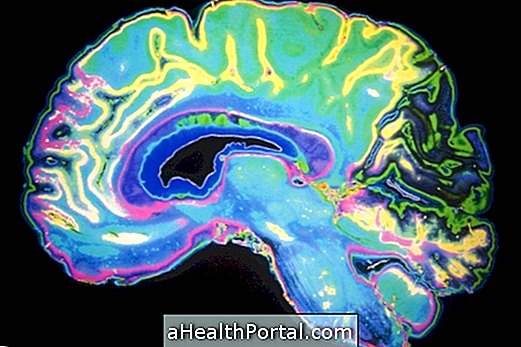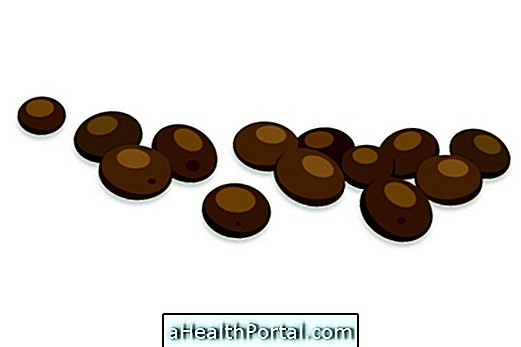Dyslexia is a learning difficulty characterized by difficulty in writing, speaking and spelling. It is usually diagnosed in childhood during the literacy period, although it can also be diagnosed in adults.
This disorder has 3 degrees: mild, moderate and severe, which interferes with the learning of words and reading. In general, dyslexia occurs in the same family, being more common in boys than in girls.
In addition, it is very common for the person with dyslexia to have other associated conditions, such as Attention Deficit Disorder and Hyperactivity. Usually those who have dyslexia have characteristics such as difficulty in coping with frustration, but they have a lot of imagination and great empathy.

What is dyslexic writing like?
Those who have dyslexia usually have an ugly, large, but legible letter, although teachers may complain about it, especially at the beginning when the child is still learning to read and write.
Literacy takes a little longer than in children without dyslexia, because it is common for it to change the following letters:
- f-t
- d-b
- m - n
- wm
- v - f
- sun - the
- we sound
The reading of who has dyslexia is slow, being common omission of letters and mixture of words.
The brain of the dyslexic works differently with peculiar neural connections, and even certain areas of the brain are larger than those with no dyslexia. The right side of the brain is more developed, but children often learn to read and write, finding their own neural solutions and strategies.
How is the dyslexic in school?
Normally those who have dyslexia are distracted and change the letters, if there is color blindness the child can also change the colors mainly red, pink and green.
Usually dyslexia is discovered in childhood when the child is in the preschool or in literacy because it takes more time to learn the letters than the students in the same room.
This does not indicate that the dyslexic child is not intelligent, but has a learning disability. A good example of this is that Albert Einstein was dyslexic.
Traditional school experience may not be good if teachers do not fit to help the dyslexic read and learn, keeping them motivated and attentive every day.
Dyslexia has no cure, but treatment can improve the individual's quality of life. The treatment involves many professionals, as this learning difficulty has many different aspects and, therefore, the treatment can include a follow-up with psychologist, speech therapist and pedagogue for a better school support.
Tips for the dyslexic to read better
Reading is one of the difficulties of those who have dyslexia, here are some tips to facilitate this process:
- Always use notebooks with thick sheets so that it is not possible to read what is written behind the sheet;
- Whenever possible use non-white sheets, such as cream or light yellow, but prefer letters with dark colors so the text is well readable;
- When writing on the computer one should prefer fonts that are easier for the dyslexic to read such as Verdana, Arial, Tahoma, Century Gothic or Trebuchet, in sizes 12 or 14, and spacing 1.5;
- To emphasize something in the text, bold is the best option, avoiding underlining and italics;
- Avoid writing all the words with CAPITAL LETTERS;
- Do not use justified text, but prefer the irregular margin on the right side of the page to allow for a 'controlled' distraction;
- Always use short and direct sentences, to facilitate you can use topics and numbering, to avoid running text.
By following these tips reading and understanding texts can become easier and less frustrating for those with dyslexia.






















